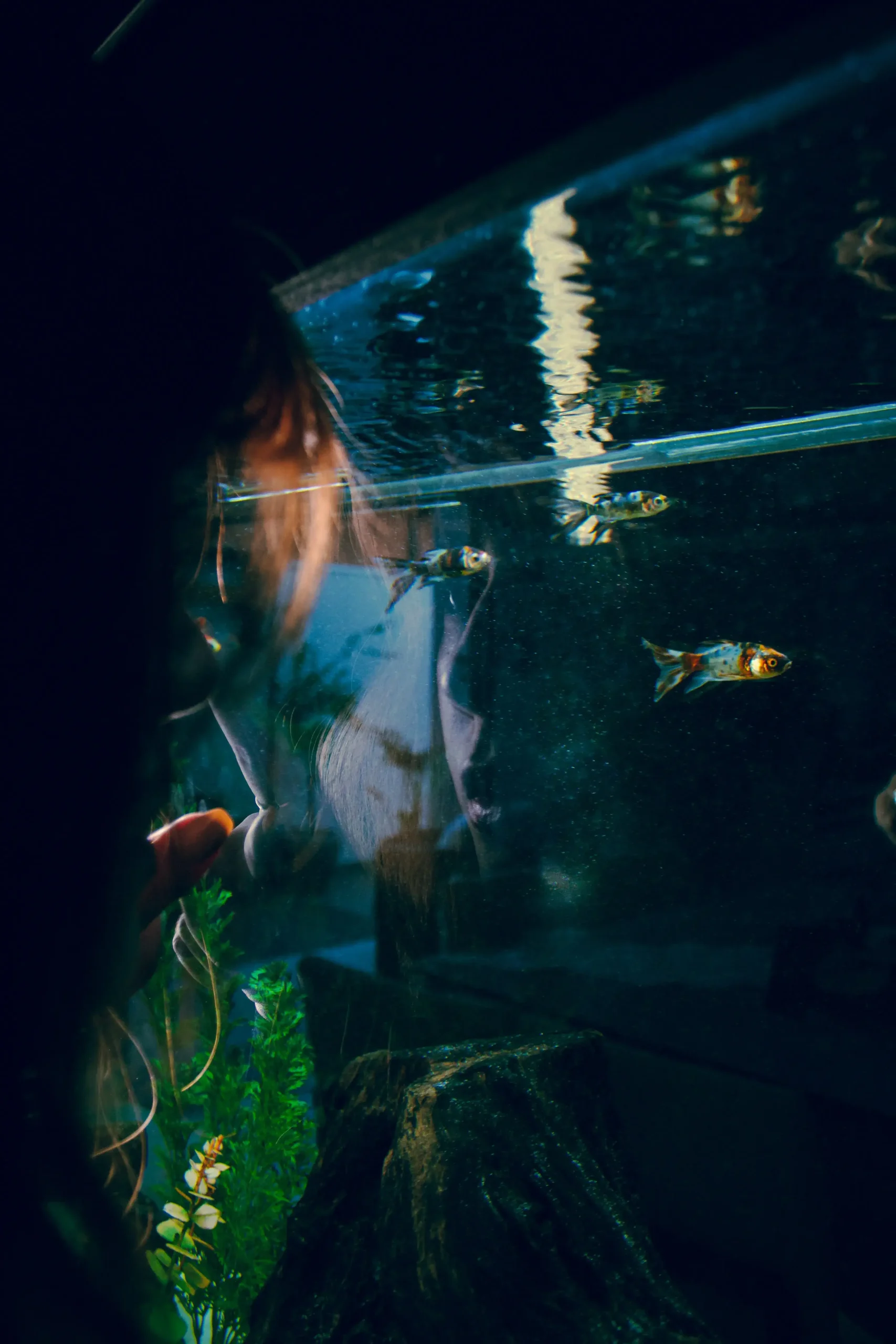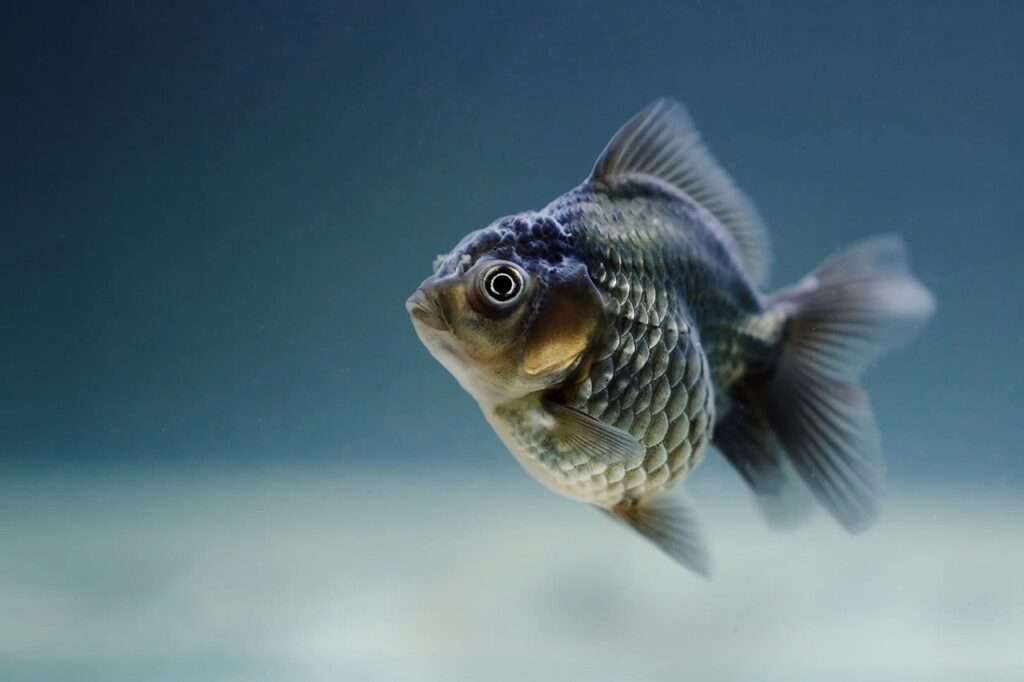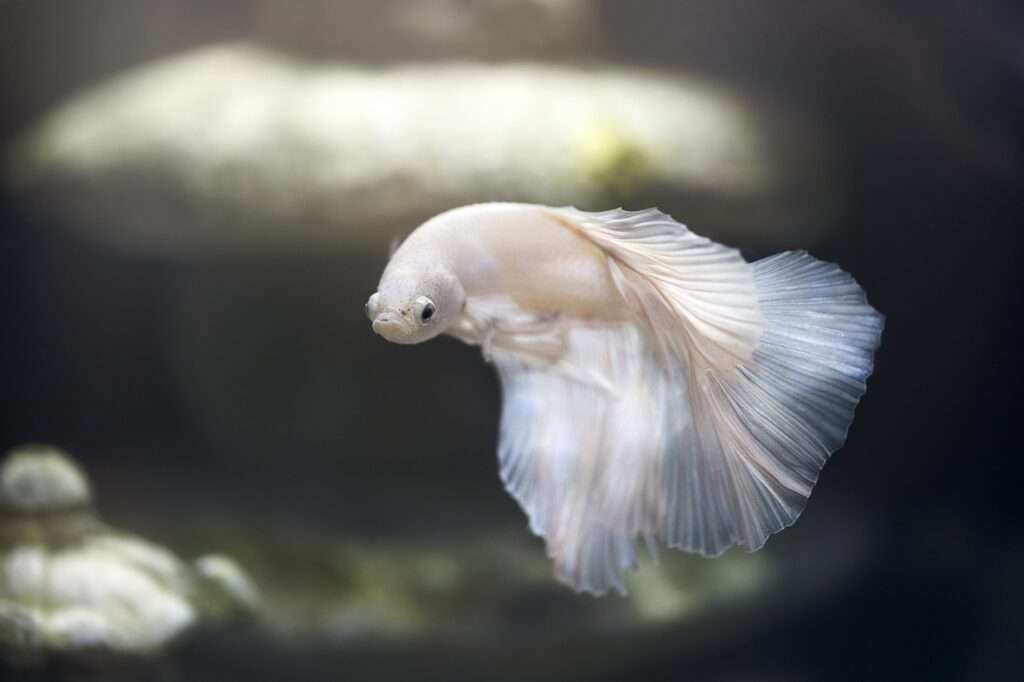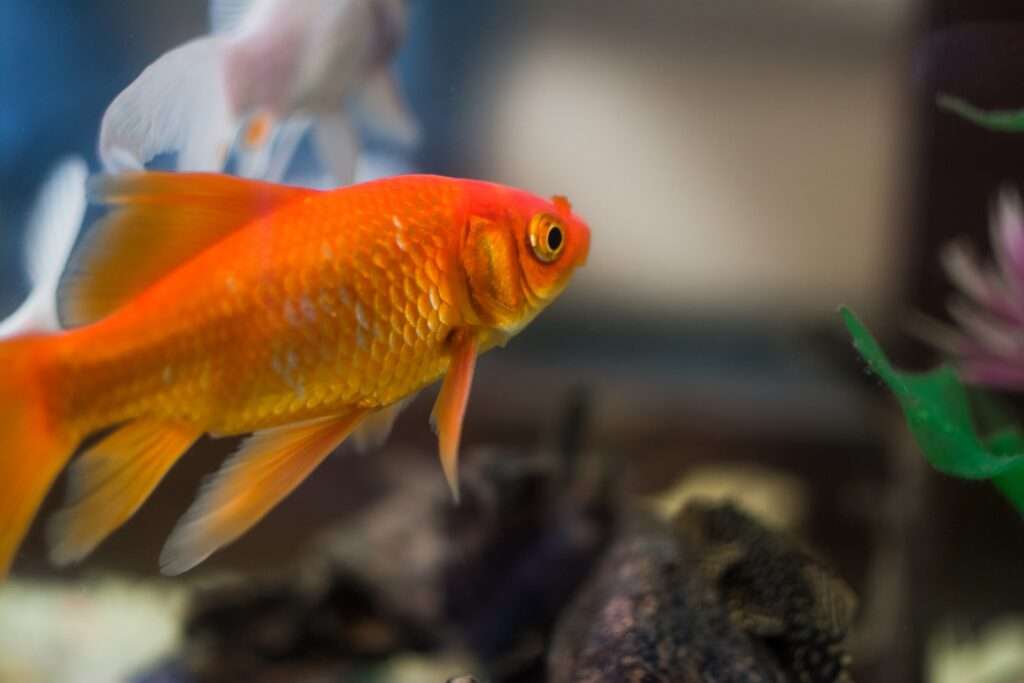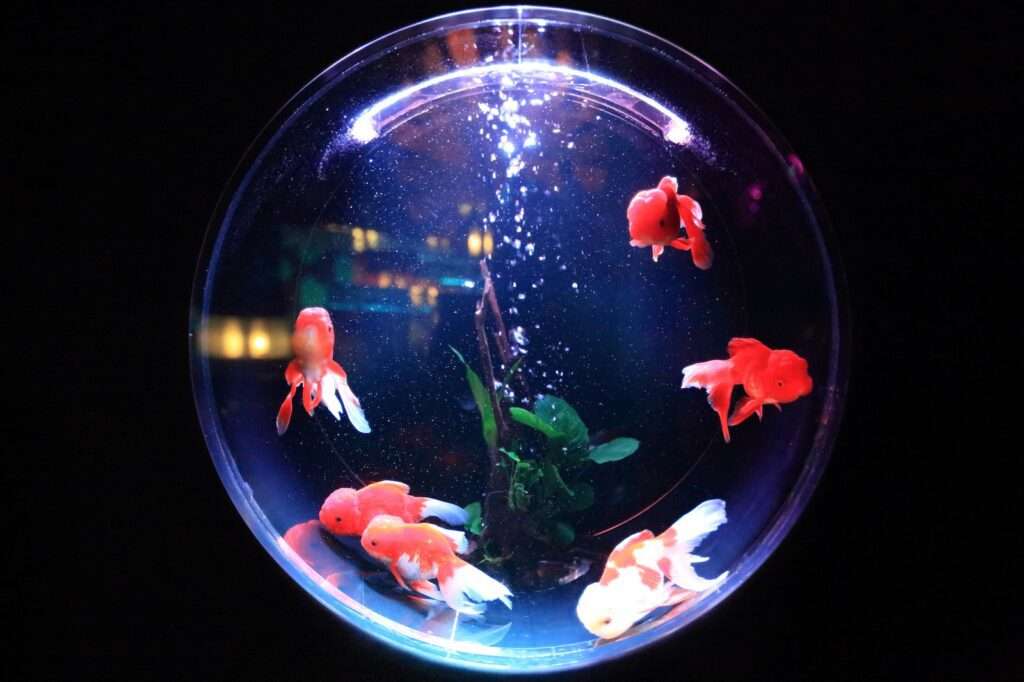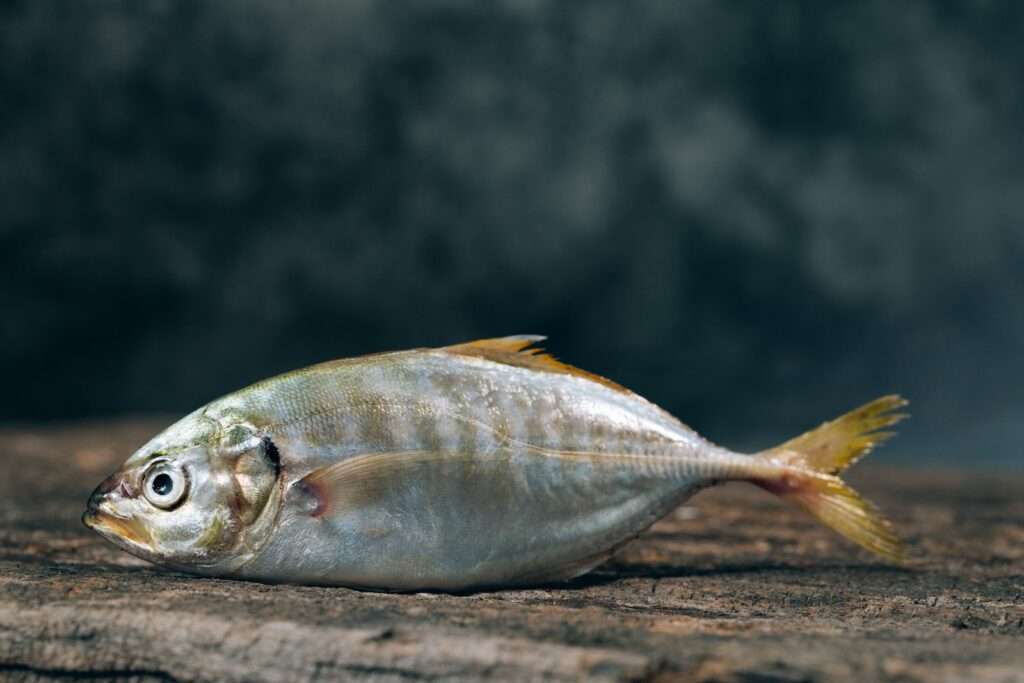Creating the Perfect Environment for Angelfish: A Comprehensive Guide
Ensuring Optimal Fish Health through Proper Habitat and Maintenance
Angelfish, known for their striking appearance and graceful demeanor, are a popular choice for aquarium enthusiasts. To keep these beautiful creatures thriving and healthy, it is crucial to establish and maintain a suitable environment that mimics their natural habitat. In this article, we will guide you through the essential elements required for a successful angelfish habitat, including water conditions, tank size, tank mates, and more. Additionally, we will address common questions about angelfish care in our FAQs section.
I. Water conditions: The foundation of angelfish health
1.1 The importance of water temperature and pH levels
Angelfish thrive in water temperatures between 76-82°F (24-28°C) and a pH level of 6.5-7.5. It is crucial to maintain stable water conditions and avoid extreme fluctuations that can stress the fish.
1.2 Maintaining a stable water environment
Regular water testing and monitoring are essential to ensure proper water conditions. Use a reliable test kit to measure temperature, pH, ammonia, nitrite, and nitrate levels. Regular water changes, typically 20-25% every two weeks, help maintain water quality.
1.3 The significance of water filtration and oxygenation
Angelfish require clean, well-filtered water for optimal health. Invest in a high-quality filtration system that can provide mechanical, chemical, and biological filtration. Additionally, consider adding an air pump or a water pump to increase oxygenation in the tank.
II. Tank setup: Providing ample space and visual appeal
2.1 Choosing the right tank size for angelfish
Angelfish require a tall tank with a minimum size of 20 gallons for a single fish, with an additional 10 gallons for each additional angelfish. The extra height allows the fish to display their majestic fins fully.
2.2 Substrate selection and its impact on fish health
A fine-grained substrate, such as sand or gravel, is ideal for angelfish as it mimics their natural environment. Avoid sharp-edged substrates that could injure the fish.
2.3 Aquascaping: Incorporating plants and decorations
Angelfish appreciate a well-decorated tank with plenty of hiding spots. Incorporate live plants, driftwood, rocks, and caves to create a natural and visually appealing environment.
2.4 Lighting considerations for angelfish tanks
Angelfish prefer moderate lighting conditions. Use full spectrum LED lights to provide a natural day and night cycle for the fish. Avoid extremely bright or dim lighting.
III. Tank mates: Striking a balance between compatibility and aggression
3.1 Compatible tank mates for angelfish
Angelfish can coexist with peaceful, similarly sized fish such as tetras, gouramis, and peaceful catfish. Research appropriate tank mates based on their compatibility and behavior.
3.2 Avoiding aggressive or territorial species
Avoid keeping angelfish with aggressive or territorial species, as they may harm or stress the angelfish. Aggressive fish such as cichlids or fin-nippers should be avoided.
3.3 Introducing new fish to an established angelfish community
When introducing new fish to an established angelfish community, observe their behavior closely. Quarantine new fish before introducing them to the main tank to prevent the spread of diseases.
IV. Feeding and nutrition: Sustaining optimal health
4.1 Understanding the dietary requirements of angelfish
Angelfish are omnivorous and require a balanced diet. Offer a variety of foods, including high-quality flake or pellet food, frozen or live foods such as brine shrimp or bloodworms, and fresh vegetables.
4.2 Selecting appropriate fish food
Choose fish food specifically formulated for angelfish, ensuring it provides the necessary nutrients, vitamins, and minerals. Avoid overfeeding, as it can lead to obesity and other health issues.
4.3 Frequency and portion control for feeding angelfish
Feed adult angelfish small amounts of food two to three times a day. Monitor their feeding behavior and adjust the portion size accordingly. Remove any uneaten food to maintain water quality.
V. Maintenance and care: Ensuring a healthy environment
5.1 Regular water testing and maintenance routines
Perform regular water tests to monitor ammonia, nitrite, nitrate, pH, and temperature levels. Maintain a consistent maintenance routine, including water changes, filter cleaning, and substrate vacuuming.
5.2 Addressing common diseases and health issues
Monitor your angelfish for signs of illness, such as loss of appetite, color changes, or abnormal behavior. Consult a veterinarian specializing in fish if you suspect any health issues.
5.3 Monitoring and controlling algae growth in the tank
Algae growth is natural in aquariums but can be controlled through proper lighting, water quality, and maintenance. Use algae-eating fish or snails as natural control methods. Regularly clean glass and decorations to prevent excessive algae buildup.
FAQs (Frequently Asked Questions)
1. What is the ideal water temperature and pH range for angelfish?
The ideal water temperature for angelfish is 76-82°F (24-28°C), and the pH range is 6.5-7.5.
2. Can angelfish live in a community tank with other fish species?
Yes, angelfish can live in a community tank with peaceful, similarly sized fish such as tetras, gouramis, and peaceful catfish.
3. How often should I feed my angelfish, and what type of food should I provide?
Angelfish should be fed small amounts of food two to three times a day. Provide a balanced diet of high-quality flake or pellet food, frozen or live foods such as brine shrimp or bloodworms, and fresh vegetables.
4. Are there any specific signs of illness or common diseases I should watch out for in angelfish?
Signs of illness in angelfish include loss of appetite, color changes, abnormal behavior, or visible signs of disease such as fin rot or ich. Consult a veterinarian specializing in fish if you notice any health issues.
5. Can angelfish survive in a heavily planted tank?
Yes, angelfish can thrive in a heavily planted tank. The plants provide hiding spots and contribute to a natural environment. However, ensure proper water circulation and prevent excessive algae growth.
6. How can I maintain a clean and algae-free tank for my angelfish?
Maintaining a clean and algae-free tank involves proper lighting, regular water testing and maintenance, and the use of algae-eating fish or snails as natural control methods. Regularly clean glass and decorations to prevent excessive algae buildup.
By following the guidelines outlined in this article, you can establish and maintain a suitable environment for your angelfish, ensuring their well-being and longevity. Remember, a healthy and thriving habitat not only enhances the beauty of your aquarium but also fosters the overall health and happiness of your angelfish companions.


